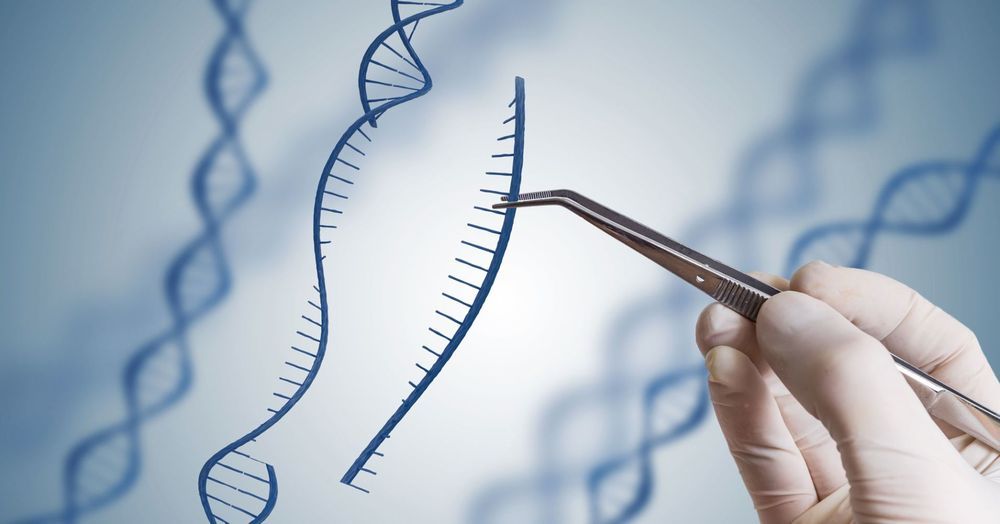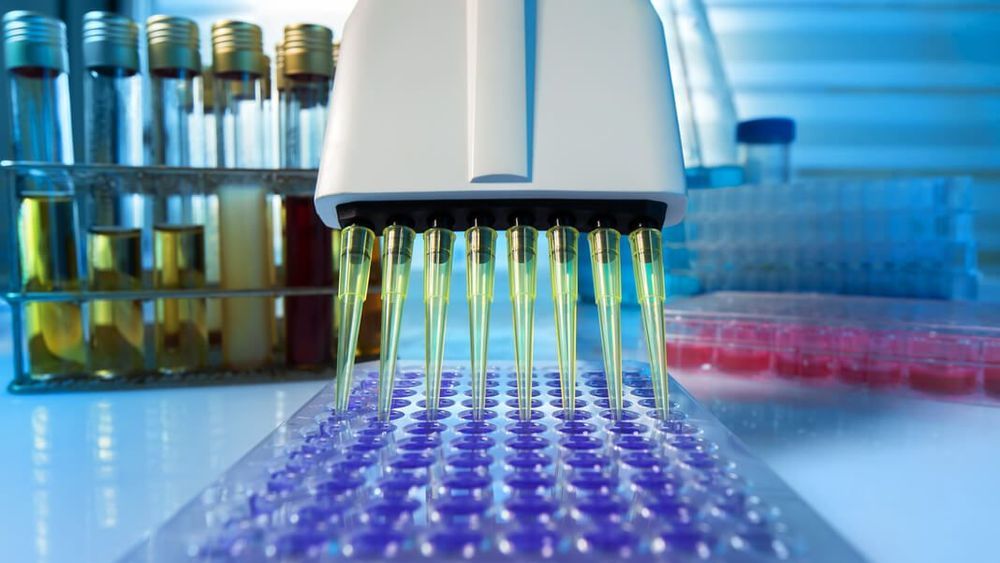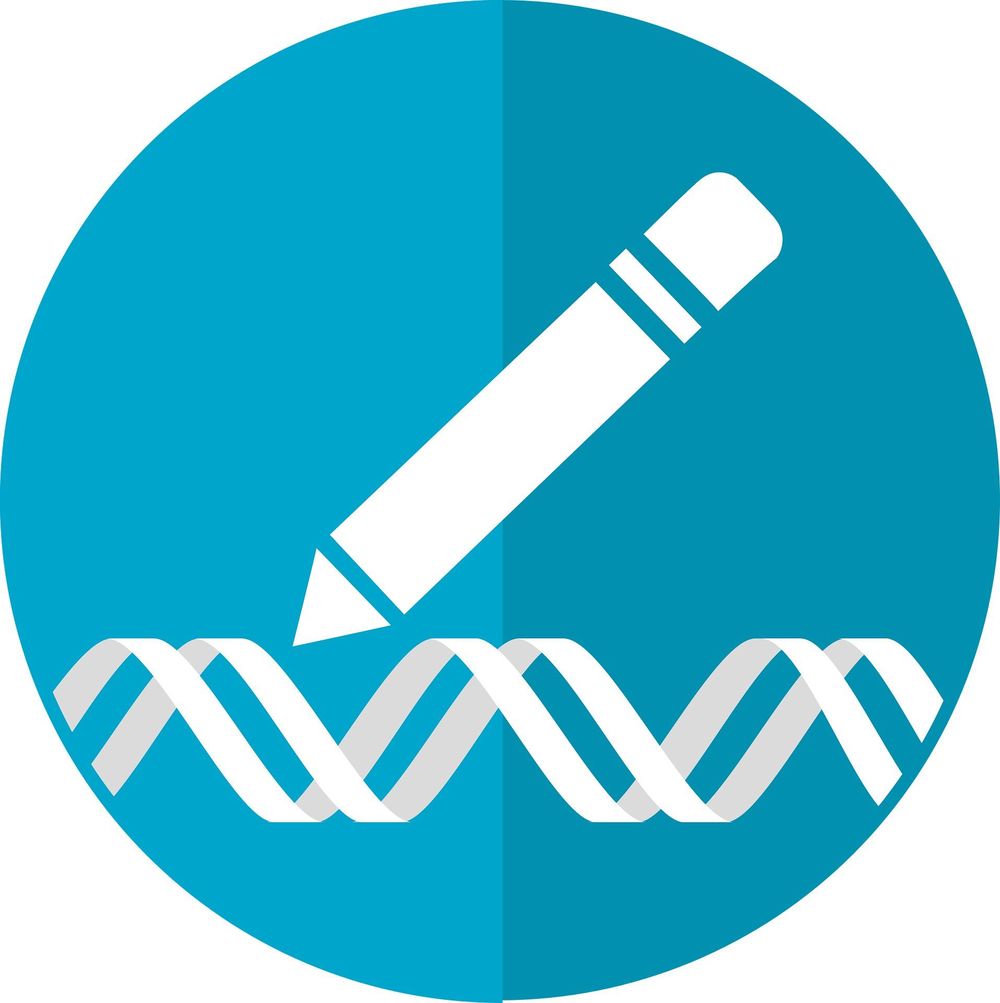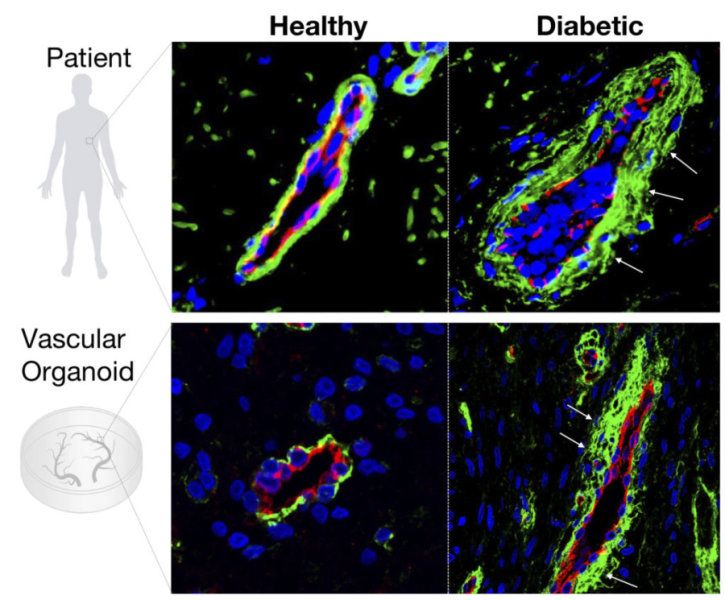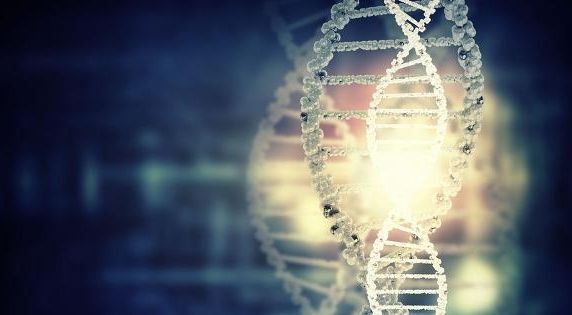We’ve all seen the stark headlines: “Being Rich and Successful Is in Your DNA” (Guardian, July 12); “A New Genetic Test Could Help Determine Children’s Success” (Newsweek, July 10); “Our Fortunetelling Genes” make us (Wall Street Journal, Nov. 16); and so on.
The problem is, many of these headlines are not discussing real genes at all, but a crude statistical model of them, involving dozens of unlikely assumptions. Now, slowly but surely, that whole conceptual model of the gene is being challenged.
We have reached peak gene, and passed it.

